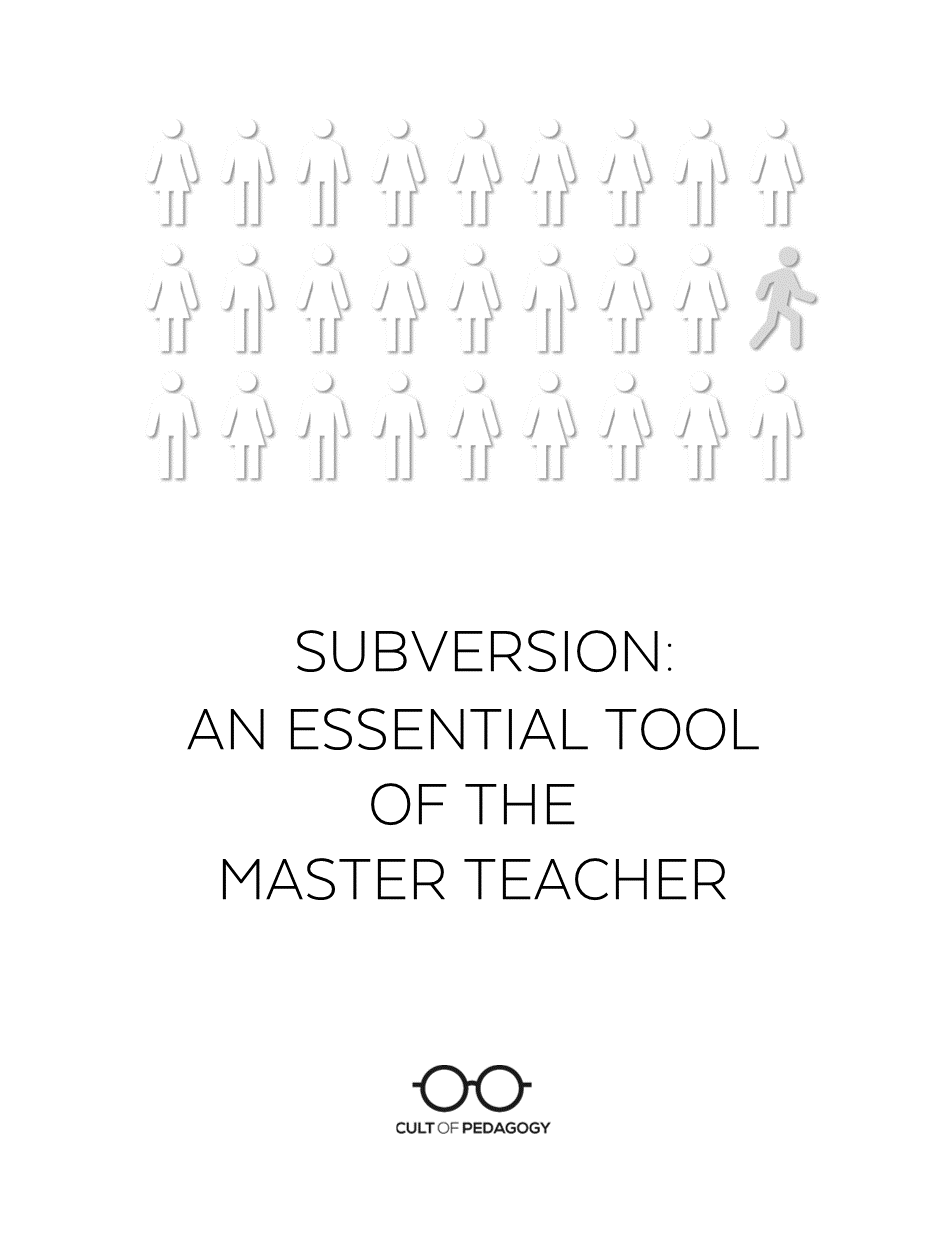
Listen to my interview with Melinda Anderson (transcript):
Sponsored by Teaching Channel and Listenwise
This post contains Amazon Affiliate links. When you make a purchase through these links, Cult of Pedagogy gets a small percentage of the sale at no extra cost to you.
When you hear the word “revolutionary,” what kind of person do you picture? Are they marching in the streets, fist in the air? Speaking passionately to crowds? Leading boycotts, strikes, demonstrations?
I’m guessing that whatever you’re seeing in your mind, it’s not a teacher. Maybe you can picture a teacher’s strike, but beyond that, do you ever think of teachers as revolutionaries?
I’m starting to. Because some of the best teachers perform revolutionary acts every day. I’m not talking about helping a child get over a difficult academic hurdle or inspiring a class to try hard on a test. I’m talking about breaking the rules to do what’s best for kids. I’m talking about subversion, and I’ve come to the conclusion that if someone wants to be a master teacher, acts of subversion are a necessary part of the job.
I’ve always kind of known this, but the idea really crystalized for me while I was reading Melinda Anderson’s new book, Becoming a Teacher.
In the book, Anderson illustrates the complexities and joys of teaching by following the career of LaQuisha Hall, an English teacher in the Baltimore public school system. Readers watch Hall struggle to find her voice as a first-year teacher, hook up with mentors who would support her growth, and work through the trial-and-error cycle of developing lessons that would reach the kids in her classes.
As her career progresses, Hall also occasionally chooses to buck the system for the sake of her students. The first instance of this was when she allowed students to opt out of reading the text required by her school’s curriculum, and instead choose something from Hall’s library of racially and culturally diverse books. The move resulted in far more students being engaged in and excited about the task of analyzing literature.
This small but significant act of subversion is the kind of thing I’m talking about. Hall knew her decision was risky; it could get her into trouble with her superiors, and because she is a Black teacher, she was assuming a greater personal and professional risk than if she were white.
But it worked.
And this kind of thing happens in classrooms everywhere: smart, qualified, ethical teachers breaking rules, finding work-arounds, and flying under the radar to do things in a way that aligns with their expertise and experience, not the way they are told to do them. These decisions are not made to avoid work or for the sake of being defiant; they arise from a perfect storm of knowing what your students need, learning best practices from educational research, and being stuck in a system where change comes slowly, if at all.
Becoming a Teacher is not a book about subversion. It’s a book about a devoted, creative, award-winning teacher who impacted the lives of so many students. But when we planned our conversation about her book, I asked the author, Melinda Anderson, if we could focus on the theme of subversion, because it surfaced so many times in the narrative. Anderson has written prolifically about education and equity for years now, and I knew that experience would give her a unique perspective on the topic, so I was excited when she said she’d be willing to give her take on this question: Is subversion a necessary part of being a master teacher?
Here are some highlights from our interview.
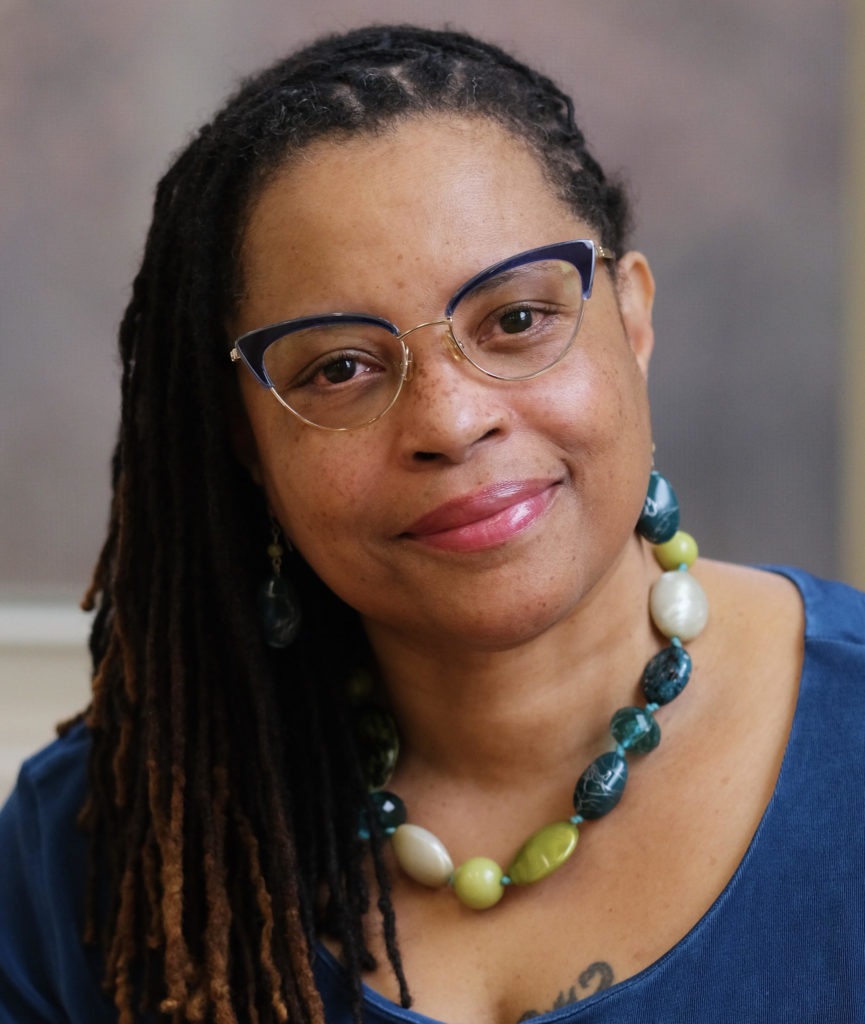
Why Subversion is Necessary
Anderson starts our conversation by pointing out that Hall’s story does not start out as one of subversion; rather, she evolves in that direction out of need.
“She doesn’t start that way. She very much identifies as a rules follower. She comes into the profession, she follows the curriculum, she does everything as it’s supposed to be practiced, but you see her actively work against what she sees as restrictive policies and systems that overlay teaching. (She) becomes a teacher who engages in actions that are subversive and liberating.”
Whether they take action or not, “It’s something that a lot of teachers struggle with,” Anderson says, “because they know what works for a unique group of students, but they feel obliged to rigidly follow either the district’s curriculum or buy into conventional wisdom. When a teacher goes against the norm, that’s characterized as showing initiative or being innovative. Yet in a system that really rewards conformity and obedience, this is really teachers as dissidents. This is teachers being subversive and being willing to take risks that best serve their students.”
In the book, Anderson includes this quote from Black historian Lerone Bennett: “An educator in a system of oppression is either a revolutionary or an oppressor,” she quotes. “When you think about that, teachers have to be revolutionary to do their best work for students in a system that’s really built to oppress.”
What Subversion Looks Like
For some teachers, subversion might mean choosing not to enforce rules you disagree with or actively speaking out against an ineffective or unjust policy. In LaQuisha Hall’s situation, her subversive acts are more subtle:
Choosing Materials that Speak to Students
School curricula are almost always chosen by people outside the classroom, and are too often guided by “tradition.” But many teachers know that the prescribed curriculum in their school is not relevant to the students in the room, so it’s often necessary to veer from it. Hall does this by offering the book opt-out described earlier.
“She was teaching students that often came to her begrudgingly reading or who came to her having failed English and believing they didn’t like to read or that they couldn’t read,” Anderson says.
The risk pays off. When more relevant books are put into their hands, many of Hall’s students become real readers for the first time.
“These were young people who by the time they had completed the school year had read nine books a year, and they’re now reading on their own, and they’re reading for enjoyment. Last spring, (students) were tweeting her and on Instagram sharing the books they were reading. They didn’t have to read. They weren’t in the classroom anymore. It’s because she had created the space for them to be able to read books that energized them, that interested them.”
Diving into Challenging Topics
Although many teachers steer clear of controversial topics in their classrooms, Hall chooses to tackle them head-on.
“The combustible topics of race and politics are regularly discussed in Hall’s classroom,” Anderson writes in Becoming a Teacher. “She makes a distinction between civics education and political partisanship, noting that her students should know about voting, elections, the branches of government, and the democratic process to be informed and engaged participants in civic life. ‘I don’t have to persuade you to take a certain route, but you should be educated on the routes,’ she says. ‘We’re producing graduates who don’t know the difference between a Democrat and a Republican, so I’m going to tell them when they’re in my class.'”
“It’s clear that she believes that the classroom is a space not only for academic learning,” Anderson says in our interview. “It’s a place to prepare our students for the world outside the walls of our high school, and that’s a really tricky affair right now because everything is so divisive. But you also have to remember who she’s teaching. She’s teaching young Black people to go into a city and a world that doesn’t see their promise and possibility many times. She’s teaching them to question and investigate and think critically about what they’re told.”
Changing the Narrative
Frustrated by the negative way the media, community members, and even some of her colleagues talked about her students, we see Hall work tirelessly to push back with a different narrative. She does this in all corners, from staying upbeat when talking about students in the teacher’s lounge, to regularly sharing positive images and stories of her students on her Instagram account, to publishing student writing in books.
“She makes a very intentional stand to refute the negative portrayals of Black youth in the media and is very persistent in taking on news reports that are so negative about Black students who she knows,” Anderson says. “What she continually returns to is that the kids that you’re describing are not the young people that I teach. They’re not the ones that I see that are sitting in my classroom writing stories, that are publishing books. She is very clear about saying over and over again to people who seek to disparage Black youth that no, I’m not going to stand for that.
“She’s not content just to go along with the notion that Black kids can’t do this, or they can’t learn this, or they should be reading this or be able to do that. She refuses to buy into society’s deficit views of Black young people because she has a firsthand perspective that says otherwise.”
Bothering
Sometimes subversion looks like making an extra effort in situations when most would ask, Why bother?
In the book, we see an example of this when Hall spends $2,500 decorating her classroom. This expense covered furniture, commissioned artwork from a local artist, and a special “Scholar of the Week and Friends” corner. While no teacher should be expected to spend anywhere near this amount of money on classroom décor, it’s just one example of an area where Hall felt the extra effort was worth it. For other teachers, that effort might look like something entirely different; the point is, if we conform to the why bother attitude that some teachers embody, we may miss an opportunity to meet a need for our unique group of students.
“Some educators shun spending a lot of money decorating and creating this showpiece classroom,” Anderson says. “But (Hall) knows that her classroom is a refuge for a lot of her kids who see it as kind of a beautiful tranquil space for them to learn. She rebuffs these naysayers who say that aesthetics don’t matter because she sees firsthand the difference it makes for young people living in West Baltimore. I think that she will very clearly tell you, I’m doing it because I know that many of my students when they come to school, all they pass are dilapidated buildings and people standing on the street. I want to create in my classroom a space that honors them and creates a space for learning that is appealing and makes them feel good when they’re here.”
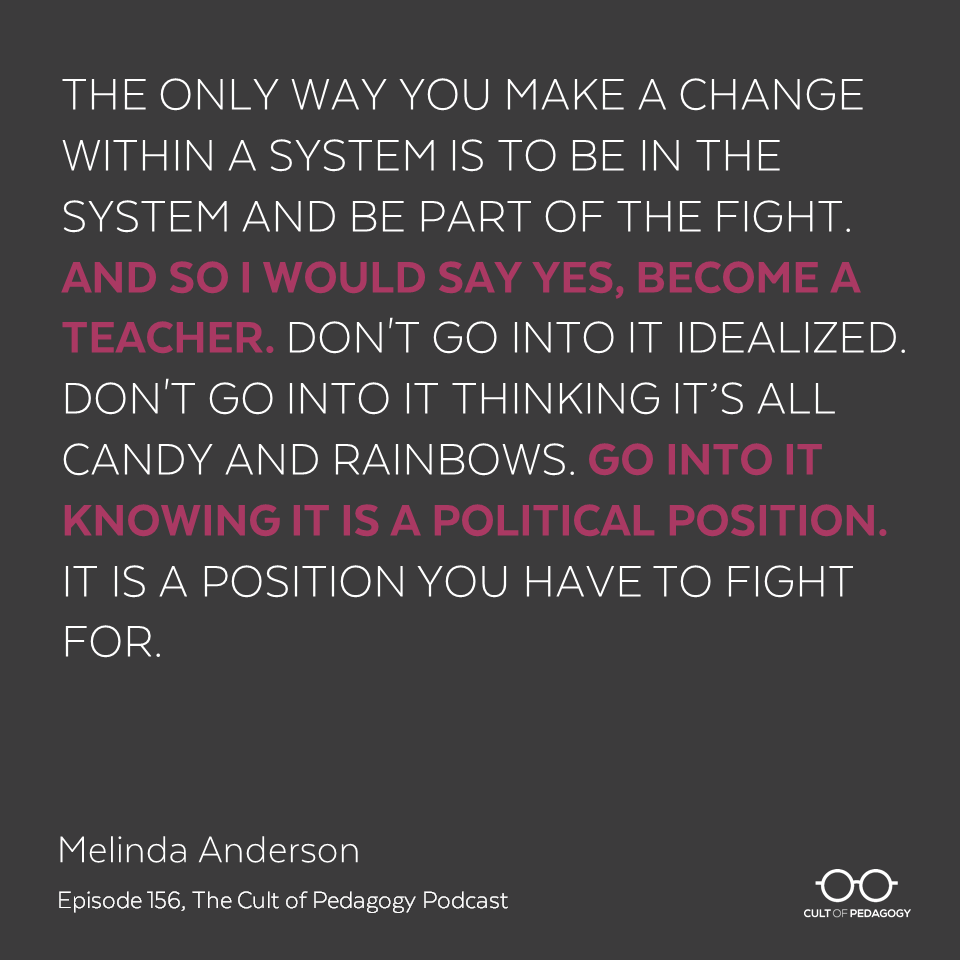
Why work in a profession that requires this much struggle?
In her years as an education journalist, Anderson has seen a lot of classrooms, a lot of teachers, and a lot of schools that aren’t meeting the needs of all of their students. When I ask her whether she feels teaching is a worthwhile profession, she pauses just briefly, then says yes.
“I have had Black teachers specifically say to me, Why should I stay in the classroom? I say, Because Black kids need you. And other kids need you. I don’t say this to be Pollyanna-ish, because I know it’s an incredibly hard job. (But) the only way that you make a change within a system is to be in the system and to be part of the fight.
“That doesn’t mean you fight individually,” she continues. “You organize and you find ways to network, and you find others who are like-minded, and you work to the best of your ability to make the changes that are necessary for you to do the teaching, the kind of teaching that you want to do.”
Anderson believes one key to that change is helping the public understand the realities of a teacher’s work. “Teachers work in very isolated environments,” she says. “You go in, you close the door, you teach. People just don’t understand what goes into doing the job. I myself, as a reporter, did not, and I’ve covered education for many years. It wasn’t until I spent days after days sitting in a classroom really seeing not just the teaching as a skill but how the system interacts with her as an individual teacher that I fully understood.
“And so I would say, yes, become a teacher. Don’t go into it idealized, and don’t go into it thinking it’s all candy and rainbows. Go into it knowing that it is a political position. It is a position that you have to fight for.”
You can find Melinda Anderson on Twitter at @mdawriter.
Join our mailing list and get weekly tips, tools, and inspiration that will make your teaching more effective and fun. You’ll get access to our members-only library of free downloads, including 20 Ways to Cut Your Grading Time in Half, the e-booklet that has helped thousands of teachers save time on grading. Over 50,000 teachers have already joined—come on in.

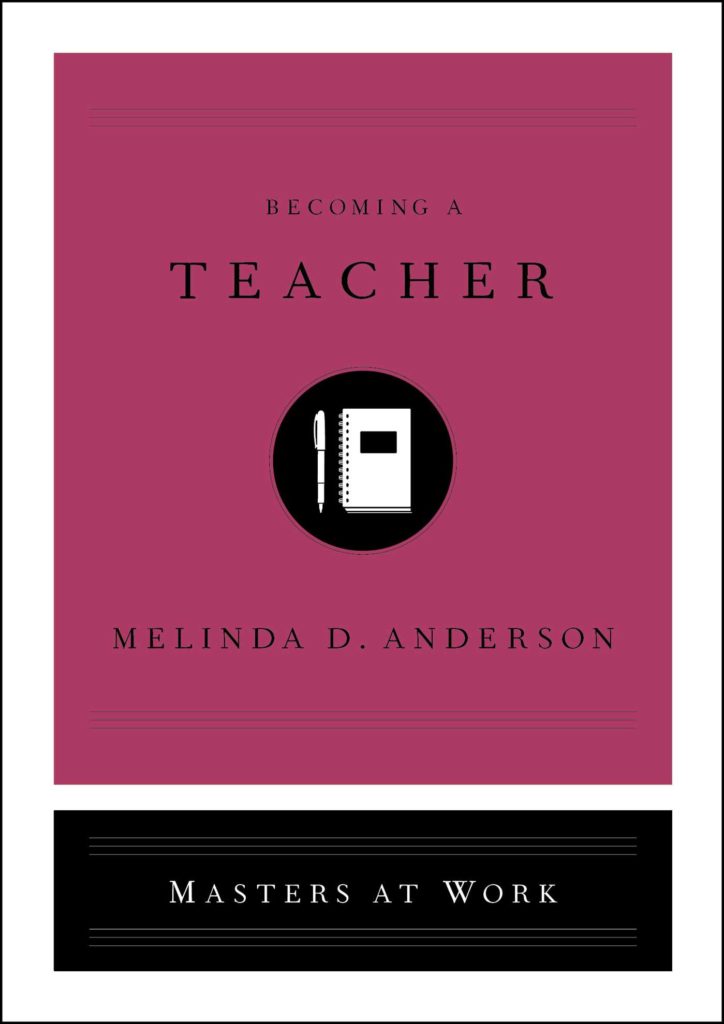

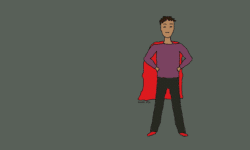

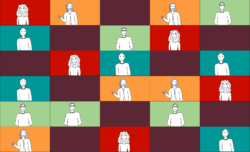
Thank you for this interview. I am gearing up for yet another meeting with my principal about my “tone” when I send emails fighting for my ELLs. This gives me sustenance because I’m about ready to give in. Thank you.
This really struck me as profound and on point. I have spent nearly all of my 34 years being called a rebel and being ‘spoken to’ because I am not a conformist. When conformity hurts students or crushes their desire to learn, I’m moving on…an bringing them with me. School is about conformity. For staff, teachers, and students. Conformity earns AP Credits, 4.0+ GPA’s, and straight A’s. But it also kills creativity, stifles interests, and demoralizes students who can’t or do not wish to conform. So yes, I strongly encourage subversion. To do otherwise, when needed, means that you are not advocating for your students.
Thank you for this timely description of what it takes to “be there” for your students. You may want to check out this well worn book on the subject of classroom practice: “Teaching as a Subversive Activity”, by Neil Postman & Charles Weingartner (1969).
Jennifer, reading this article served to remind me of research done back in the 70’s and 80’s at the University of Texas, Austin in the Research and Development Center for Teacher Education. “Subversion” is a strong word, almost connoting rebellion as a means to by-pass existing curriculum requirements and do what one thinks/believes is best for students. Rather, I would ask that teachers spend some time reading about the work of some of the UT researchers–Hall, Loucks, Rutherford, and Newlove.
The work is called CBAM–Concern-Based Adoption Model and it has 3 components: Innovation Configuration, Stages of Concern, Levels of Use. It is in the Levels of Use component that one will find the “user” of an innovation ultimately branching out from the original design and discovering a better, expanded way to use the original innovation. That could include finding an entirely new innovation.
Further, I am always bothered by those who claim that “others” hand down what is to be taught. In all systems I have worked in, teachers were a part of the building of curriculum. Perhaps readers have been in top-down districts. Rather than “subversion,” evolution might be more appropriate!
I needed this.
Hi. This is wonderful. I wanted to follow LaQuisha Hall on Instagram. Could you provide her handle? Thanks
Jessica
Hi Jessica!! It’s right here: https://www.instagram.com/mrshallscholars/
Others have mentioned Neil Postman. I teach Postman in a graduate course on media literacy at Gonzaga University. Before he pivoted to media ecology, his passions included pedagogy. The book “Teaching as a Subversive Activity” that he co-authored remains a classic on taking a “radical” approach to teaching. Every teacher can benefit by reading this book.
https://www.amazon.com/Teaching-Subversive-Activity-Neil-Postman/dp/0385290098/ref=asc_df_0385290098/?tag=hyprod-20&linkCode=df0&hvadid=312400961658&hvpos=&hvnetw=g&hvrand=2952252793106398928&hvpone=&hvptwo=&hvqmt=&hvdev=c&hvdvcmdl=&hvlocint=&hvlocphy=1016173&hvtargid=pla-489795650303&psc=1
Thank you for this interview. Teaching is challenging and rewarding. The system is designed to maintain a status quo and the expectation is conformity.
This helped me further process my decision to leave the profession 10 years ago. I have since returned, in a different capacity. Yet many days those wounds that drive my departure are quite fresh.
My hope is that there becomes a broader acceptance of different styles and values. I don’t necessarily think it’s having someone lose who is like minded, but working with professionals who understand and accept different approaches.
Subversion is my middle name. I just abruptly left my middle school teaching job because I just couldn’t continue to fight by myself. I hope more teachers are inspired to fight for what’s right for their students.
Thank you so much for this post – as someone who is going into the teaching profession and will hopefully have my own classroom for the next school year, I was increasingly worried about how to navigate potentially boring, outdated, or non-inclusive required material in my classroom. Seeing how Melinda Anderson worked around the system to better serve her students gives me confidence that if I am willing to go the extra mile to make it work, I will be able to do what I need to do to make class informative and exciting for my students, despite potentially unproductive rules or curriculums.
Thank you so much for this article. It is making me reflect on my years in the classroom and the pressure of the years in teaching.
Hi Jennifer,
I have been listening to your podcast for a few years, Thank you!! I really appreciate your brave approche to challenge the existing systems and believes.
Before sharing my thought, I feel I need to give you a bit of a back ground to set my comment in context.
I am Syrian, did an MA ED and a Grad Cert at GMU, Fairfax. VA. Started in an assisting and relief roles fir 4 years at the international school in Damascus then taught for 9 years in international schools in Chiang Mai in the beautiful North if Thailand. And as the Syrian war broke I eventually managed to make Australia my new home where I have been teaching in gov schools in Canberra fir the last 7+ Years.
“Bothering”
The fact that we as passionate teachers are at a point where the best classroom practices, including creating a clean and inviting classroom environments, becomes an aplawded budget for the teacher to carry is a sad place indeed. Some teachers long to make their classroom like your heroin teacher in this podcast , but unfortunately, their pennies are most needed for basic needs for own family.
I am not trying to be a”party pooper” here. I just find the fact that inequity amongst teachers creates more disparities fir well meaning hard working teachers and gives the system the more reasons to be slack 🙁 it made me sad and frustrated to hear this part of this podcast. And it made me feel very energized to hear the parts before, I so identify with this subversion attitude myself:)
BTW, I have some passionate idea for your jobs podcast, I will make time to share under that podcast, I have a similar wxperiemce in the early years/Primary classroom.
Thank you very much for all you do to create these valuable podcasts.
With appreciation
Yara
This was so good. Helped me focus my energy, emotions, and effort as i plan in person classes.
Thank you for such great conversations!
This blog is always full of great advice, but this interview with Melinda Anderson was a goldmine! I’m impressed that you were able to depoliticize a teacher’s job by treating the subversion of stifling curriculum and rules as something ethical teachers do to benefit their students… and then turn it around by saying that advocating for students in this way is inherently political. Does anyone have any ideas on how to gain the support of other teachers in the situations Melinda and Jennifer describe?
Here are some ideas about gaining support of other teachers, in no particular order…
*Join a curriculum or staff development committee in your school or district.
*Attend an educational conference – local, regional, or national. Go with a friend, you’re sure to have an adventure together. Or just go by yourself and make at least one new friend while you’re there.
*Have conversations about educational ideas with colleagues…seek out those who express thoughts that interest you.
*Write replies to online posts that interest you…just like you did here. It will help you clarify your thinking and also help you find new, virtual colleagues with whom you can dialog, publicly or privately.
*Focus on building bridges rather than emphasizing areas of difference or disagreement.
*Attend your school board meetings with some regularity; find out what’s going on in your district and who the players are.
*When you feel the need to make a statement, try to turn it into a question that requires more than a yes or no answer and see if that moves the conversation forward rather than backward.
*Join a discussion group (virtual or face-to-face) that reads and talks over books, articles, videos, etc. If you can’t find one, start one.
*Build your friends and allies in times that are relatively peaceful, so when a controversy erupts (because they usually seem to take us by surprise) you know who you can depend on.
*To keep your friends, be a friend.
Thank you for the interview and enlightening information.
My interest in teaching stems from the lack of confidence as a young student caused from teachers and guidance counselors telling me I wasn’t smart enough to be what I wanted to be, because my grades were so poor. My spiritual faith is the foundation in believing that all men and woman and children regardless of race, gender, disability, or religion are and should be created equally. All people are joined together as one group called the human race and I believe children don’t understand they are different from each other until we as a society point out that they are a different by color or gender or social status. We are unconsciously taught at a very young age that we are all different when we should be taught that we are all equally loved as one race of people, the human race!
This was incredible! I am speechless rn as I took soo many notes for so many aspects of society, personal life, projects etc that my brain is crazy but fulfilled and my soul deeply nurtured.
What beautiful time to be alive
Thank you!
We’re so glad you enjoyed the post!